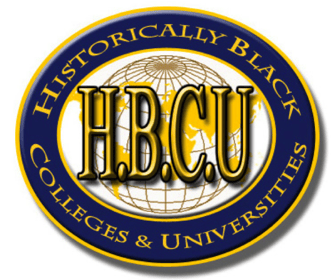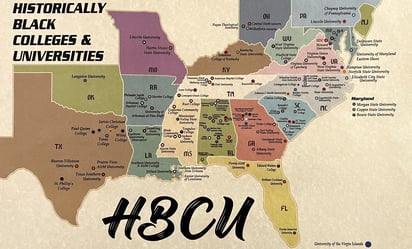What is an HBCU?
Historically Black colleges and universities (HBCUs) are institutions established prior to 1964 with the principal mission of educating Black Americans. These institutions were founded and developed in an environment of legal segregation and, by providing access to higher education, they contributed substantially to the progress Black Americans made in improving their lives and status.
What was the first HBCU?
On February 25, 1837, Cheyney University of Pennsylvania became the nation's first Historically Black College and University (HBCU). First known as the African Institute, the school was soon renamed the Institute for Colored Youth. In its early years, it provided training in trades and agriculture, which were the predominant skills needed in the general economy.
How many HBCUs are there today?
The U.S. Department of Education identifies 102 HBCUs in the U.S., primarily located in the Southeast and mid-Atlantic states. Some are in Midwestern states like Ohio, and some are as far west as Texas.
What state has the most HBCUs?
Alabama is the state with the most HBCUs, topping out at 14 institutions. North Carolina, however, has the most black HBCU undergraduate students enrolled.
What is the name of the first Black woman in America to earn a 4-year college degree?
Lucy Ann Staton (Day Sessions) became the first African American woman to complete a four-year college course. In 1850, she graduated with a Literary Degree from the Ladies' Literary Course at Oberlin College.
Who was the first black man to earn a college degree?
Alexander Lucius Twilight - In 1799, Washington and Lee University admitted John Chavis who is noted as the first African American on record to attend college. However, the first African American to have earned a bachelor's degree from an American university, was Alexander Lucius Twilight, who graduated from Middlebury College in 1823.
What age was Dr. Martin Luther King Jr. when he entered Morehouse College?
15, Yes 15!


HBCUs & Education
List of HBCUs by State

